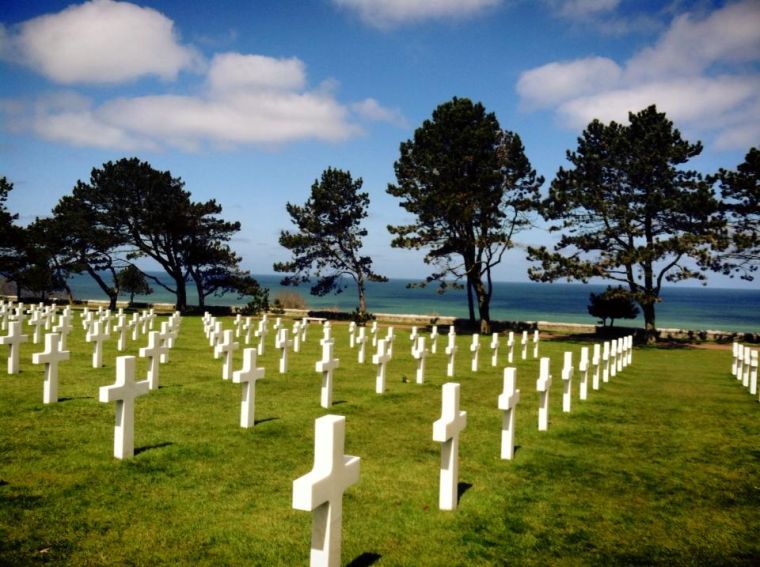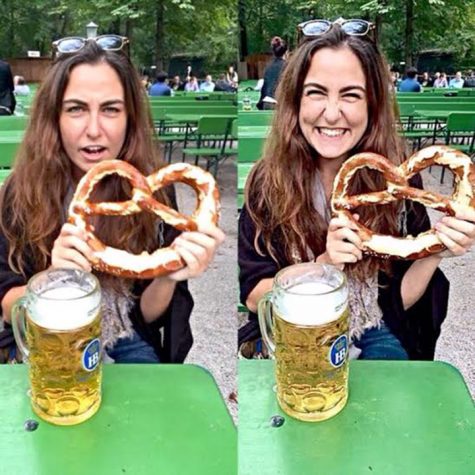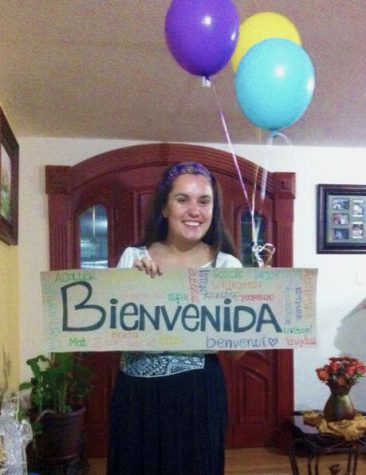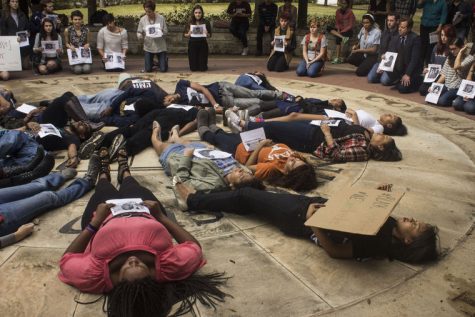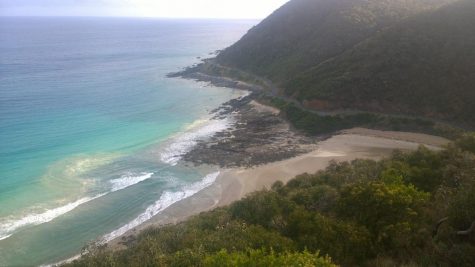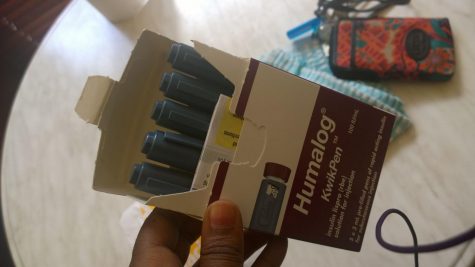ANGERS: Ending the week at Normandy
I spent Saturday in Normandy. As I have told everyone from home who has asked, it was a day well spent. To use the knee-jerk reaction word “good” would be taking away from all the tragic history I encountered.
Hearing about all the madness that has been going on stateside all week, from Boston to West, Texas, to even some small scares at home in Oregon, it was odd to be in the mental space of World War II. I would go as far as saying that hearing about all the fear and desperation that was Europe’s reality for so many years seemed to sink in a little deeper.
We started the day at a World War II museum in the city of Caen, a city almost completely destroyed during the last part of the war. The museum included four main sections where one could walk through chronologically the events of the war, from the Treaty of Versailles and the rise of authoritarian governments in the market crash of the 20s, to D-Day in 1944. There was an incredible amount of footage, old newspapers, letters, posters, and other artifacts detailing the French occupation, the Holocaust, and the war itself.
Perhaps the most disturbing was a letter home from a Nazi soldier, justifying his actions as part of a shooting squad in the Holocaust. The man told his wife that the Jews would have done the same only 1,000 times worse if they were given the chance. It was a horrifying testament to a hatred and ignorance I wish our world never had to encounter.
Then there was just the sheer amount of war footage. I cannot wrap my brain around the fact that someone had a camera and was filming as soldiers prepared for war, crossed the English channel, and then finally landed on the beaches. The scenes and emotions from soldiers these war journalists captured are incredible, but I could never even fathom such a job for myself.
After the museum, we made our way to the actual beaches were the Allied soldiers landed to liberate France. I never could have imagined Omaha beach to be as stunning as it was after the black and white footage depicting nothing but carnage I had seen earlier.
Pont du Hoc was another famous battle site we visited. Out of 225 soldiers given the treacherous mission to scale a cliff in order to capture the strategic outpost, 88 survived. There in the deep craters scattered all about the cliffs, one could see the effects of all the airstrikes and missile fire that took place on June 6.
Our visit to Normandy also included stops at two different cemeteries: one for the nearly 10,000 fallen American soldiers, and one for the 20,000 Germans.
It is in almost every single guide book that one should avoid taking about the War in France. It is a rule that is hard to argue with especially after everything I saw this weekend. In my other visits to castles and chateaux in France, that sense of history people always associate with Europe has been obvious. After this weekend, that sense of tragedy people also speak of was more apparent.


